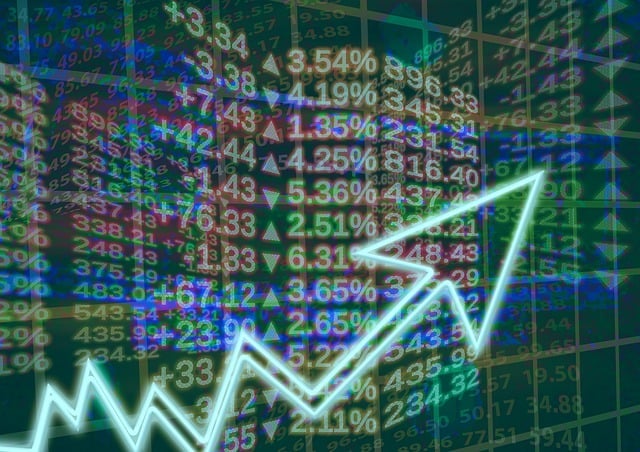Many high net worth individuals (HNWIs) are interested in diversifying their portfolios by investing in collectibles. A collectible is any physical asset that appreciates in value over time due to the fact that it is rare or precious and desired by many. Stamps, coins, fine art, antiques, classic cars and premium wine are all examples of these collectibles.Some investors cling to collectibles as something of a safe haven – a real asset that has some intrinsic value – but at the same time provides emotional and social enjoyment. Acquiring treasure can be satisfying, victorious, even giving off a sense of cultural superiority or social distinction.
Most recently a Ferrari 275 NART Spider from 1967 went under the hammer for an impressive USD 27.5 million in August 2013. In 2012, ‘The scream’ changed hands for USD 120 million – the highest price ever paid for a painting in an auction. These very headlines capture the attention of people and serve to fuel the collectibles market. In fact, over the past decade (January 2003 – July 2013) the collectibles market has rewarded investors with triple-digit returns. Compared to MSCI World total return (USD) which appreciated 149% over the last ten years, rare coins went up by 281%, premium wines by 176%, fine art by 212%, stamps by 278% and classic cars even by 422% (see chart). Not only this, but the size and value of the collectibles market have grown impressively. Arts Economics estimates that the global value of total transactions in the fine art market, while still recovering from a USD 70 billion high in 2007, has grown by more than 93% to USD 56.8 billion, and traded volumes have increased by over 37% in the last decade.
Collectibles are gaining traction in emerging markets
The positive performance and growth of the global collectibles market in the last decade has coincided with a dramatic increase in the global number of HNWIs, which is estimated to have grown by over 61%, from 6.8 million in 2000 to 11 million in 2012. Much of this growth can be attributed to emerging markets, especially Asia. According to Barclay’s Wealth Report 2013, wealthy individuals living in more volatile economies seek safety in real assets. Furthermore, Hurun’s Passion Investment Survey 2013 shows that nearly 60% of Chinese millionaires (in USD terms) look to collectibles as an alternative to real estate and stocks. While real estate remains the investment of choice with 76% of respondents, followed by stocks with 65%, transactions of art works began to soar in China in 2010, overtaking the USA and accounting for a third of the world’s total volume. However, the European Fine Art Foundation reports that the USA resumed the lead in 2012 in terms of value traded with USD 18.9 billion or 33% of the global share, while the Chinese market dropped to USD 14 billion or 25%. That said, if passion investments continue to be a part of HNWIs’ portfolios, then it is likely that the collectibles markets will continue to grow in line with the global population growth of HNWIs.
How well do you really know your competitors?
Access the most comprehensive Company Profiles on the market, powered by GlobalData. Save hours of research. Gain competitive edge.

Thank you!
Your download email will arrive shortly
Not ready to buy yet? Download a free sample
We are confident about the unique quality of our Company Profiles. However, we want you to make the most beneficial decision for your business, so we offer a free sample that you can download by submitting the below form
By GlobalDataPros and cons of collectibles
Collectibles offer generally low correlation with other assets such as stocks and bonds, and are therefore arguably a good diversification tool. On the flipside, when compared to classic financial assets, the collectibles market is highly fragmented, illiquid, mostly unregulated and little transparent, as much of the market is executed through private transactions. Furthermore, returns can be heavily influenced by economic climate, changing global interest and new trends, while high transaction and holding costs, risk of damage, authenticity and theft need to be dealt with, too.
An alternative way to invest into collectibles is through specialised funds. Funds tend to generate money from investors to build up a collection, making financial gains by lending the collection to exhibitions, and eventually selling the collection for a profit. However, the main dividend is derived from the enjoyment of co-owning such a collection: access to expert know-how and diversification of valuable goods. The downsides are limited liquidity and minimal pay-in amounts (usually USD 250,000 to USD 500,000).
In the end you may love the piece of art in your portfolio but the marketplace may not. It is a long-term investment made first for a return of joy and only second for financial gain. While treasure could well be a guaranteed return on investment, remember that passion is not an asset class. Treat collectibles as nice to have, not a must have. They are after all mostly illiquid and volatile. Enter at your own risk!
Fabiano Vallesi is a Strategy & Next generation analyst at Julius Baer








